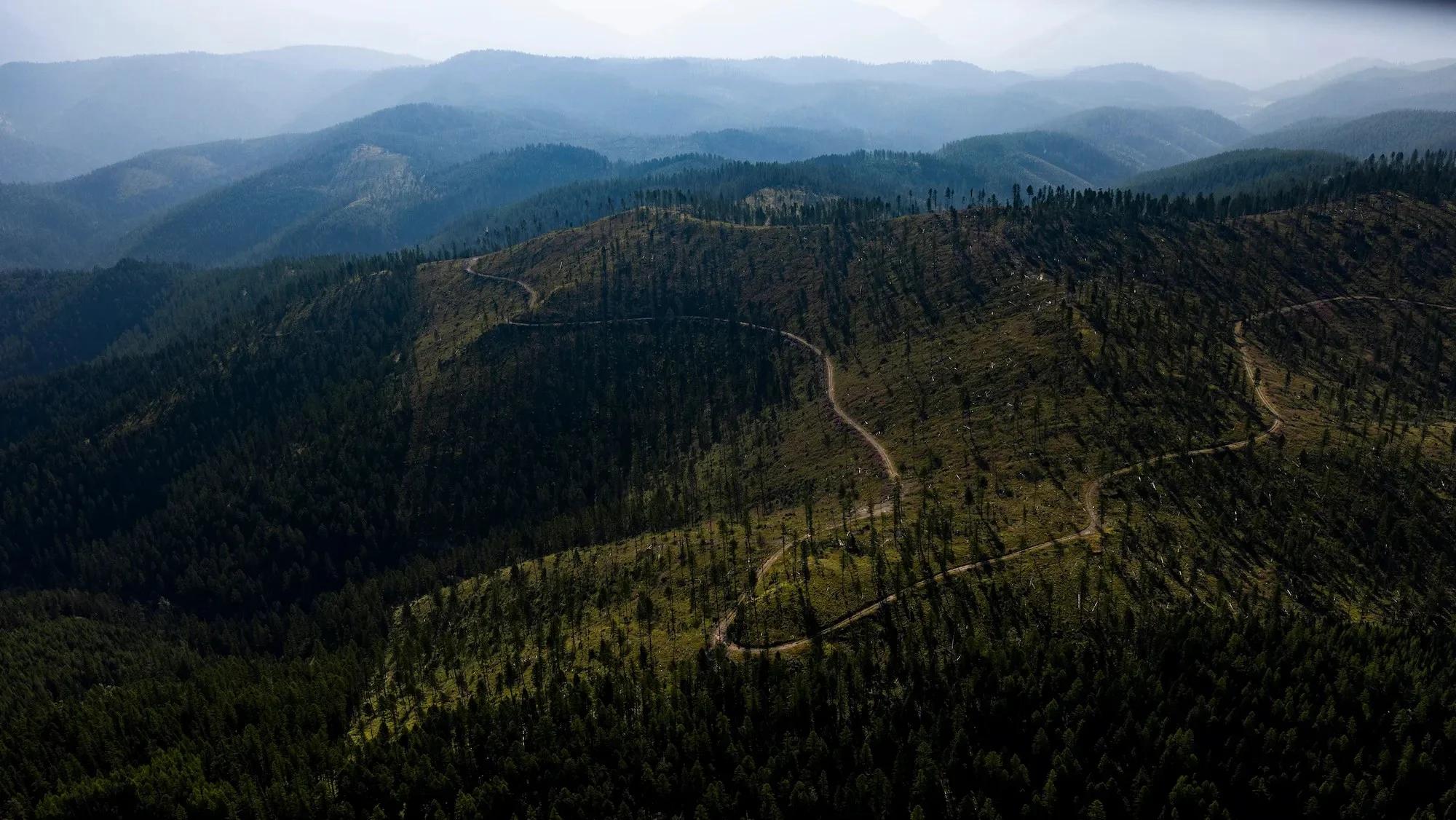“It’s not that they’re mismanaging everything, but their management philosophy and scheme do not align with ours,” said Tony Incashola Jr., the director of tribal resources for the Confederated Salish and Kootenai Tribes, or CSKT, as he looked out the window of his Jeep at the landscape. “Their tactics sometimes don’t align with ours, which in turn affects our capability of managing our land.”
State trust lands, on and off Indian reservations, make up millions of acres across the Western United States and generate revenue for public schools, universities, jails, hospitals, and other public institutions by leasing them for oil and gas extraction, grazing, rights of way, timber, and more. The state of Montana, for example, manages 5.2 million surface acres and 6.2 million subsurface acres, a term pertaining to oil, gas, minerals, and other underground resources, which distributed $62 million to public institutions in 2023. The majority of that money went to K-12 schools — institutions serving primarily non-Indigenous people.
States received many of these trust lands upon achieving statehood, but more were taken from tribal nations during the late 19th and early 20th centuries through a federal policy of allotment, in which reservations were forcibly cut up into small parcels in an effort to make Indigenous peoples farmers and landowners. The policy allowed for about 90 million acres of reservation lands nationwide to move to non-Indigenous ownership. On the Flathead Reservation, allotment dispossessed the CSKT of a million acres, more than 60,000 of which were taken to fund schools.


